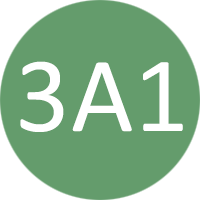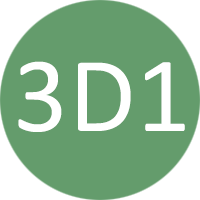A Landscape and Visual Impact Assessment (LVIA) is a process used to evaluate and analyse the potential effects of a proposed development or project on the surrounding landscape and visual environment. It is typically conducted as part of the Environmental Impact Assessment (EIA) process to assess the visual and aesthetic aspects of a project.
The main goal of an LVIA is to understand how a proposed development might alter the existing landscape and visual character of an area, and to identify any potential negative impacts or visual conflicts that may arise. This assessment takes into account various factors, including the scale and design of the project, the visual sensitivity of the surrounding area, and the viewpoints from which the project will be visible.
The LVIA process typically involves the following steps:
1. Baseline Assessment: This involves collecting information about the existing landscape and visual conditions in the project area. It includes mapping the landscape features, analyzing the visual character, and identifying key viewpoints.
2. Impact Assessment: The potential visual and landscape impacts of the proposed development are assessed. This may involve using computer-generated visualizations or models to simulate how the project will look in the landscape. The assessment considers factors such as changes in landform, vegetation, skyline, color, and the overall visual coherence and harmony of the area.
3. Mitigation and Design Alternatives: If negative impacts are identified, the LVIA may recommend mitigation measures or alternative design options to reduce or avoid these impacts. This could include adjusting the project’s layout, incorporating landscape buffers, using appropriate materials, or implementing screening measures.
4. Reporting and Consultation: The findings of the LVIA are typically documented in a report, which is submitted as part of the EIA process. The report may be subject to public consultation and review by relevant authorities and stakeholders.
5. Monitoring and Management: Once the development is implemented, ongoing monitoring and management may be required to ensure that any agreed-upon mitigation measures are implemented and effective.
The LVIA process aims to strike a balance between development needs and the preservation of the natural and visual qualities of an area. It helps decision-makers, developers, and stakeholders to understand and address potential landscape and visual impacts associated with a project.




